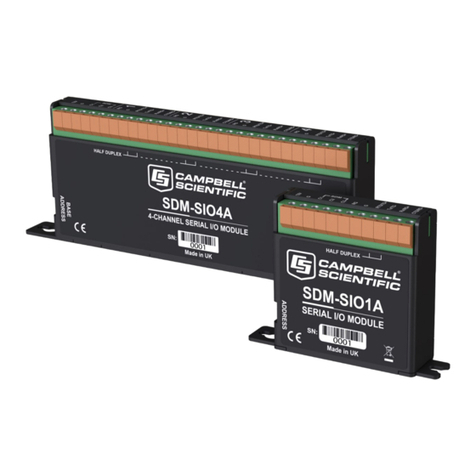Campbell SDM-CD16 User manual
Other Campbell Control Unit manuals
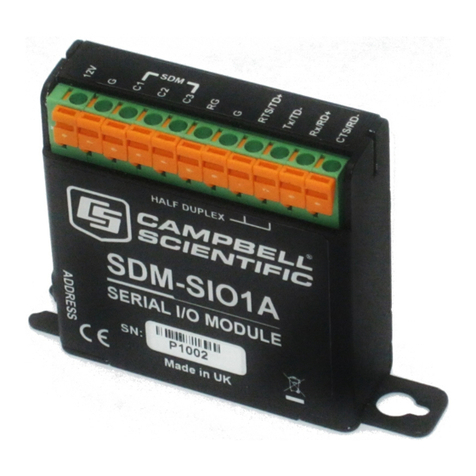
Campbell
Campbell SDM-SIO1A User manual
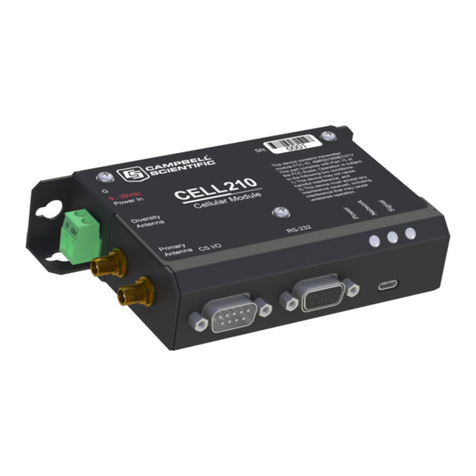
Campbell
Campbell CELL200-Series User manual
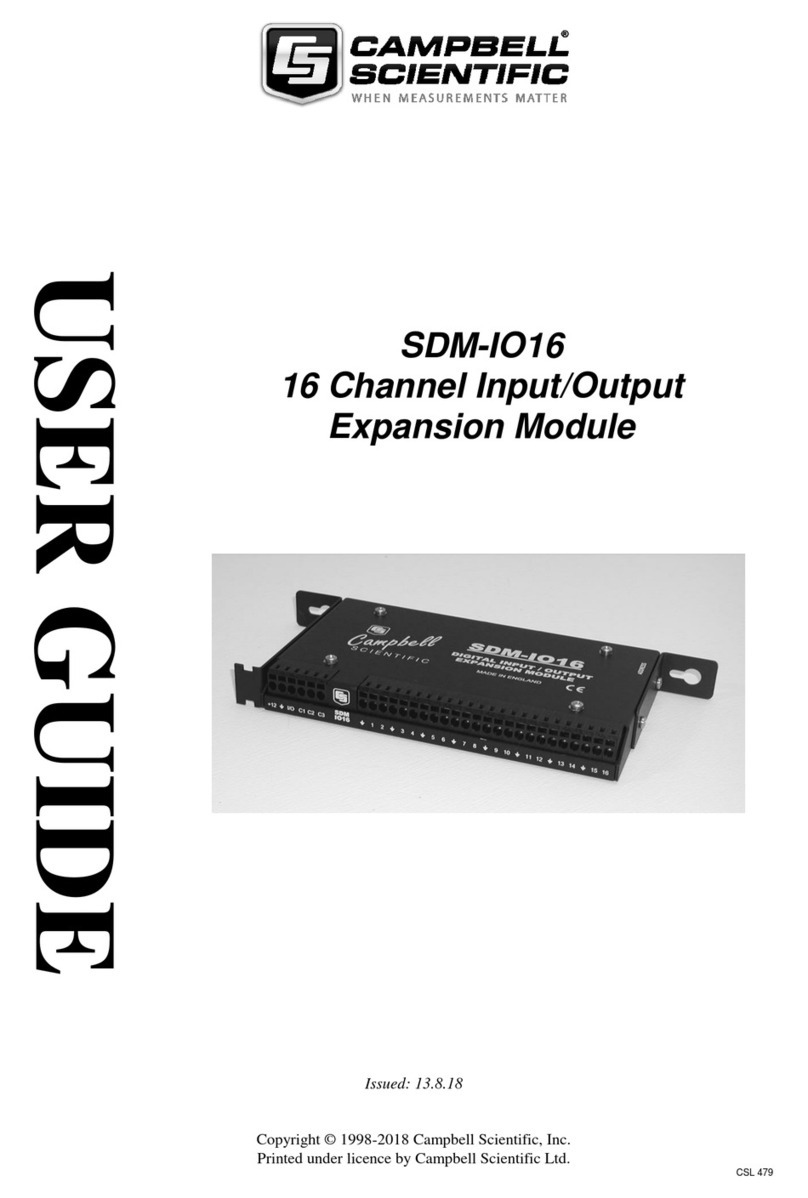
Campbell
Campbell SDM-IO16 User manual
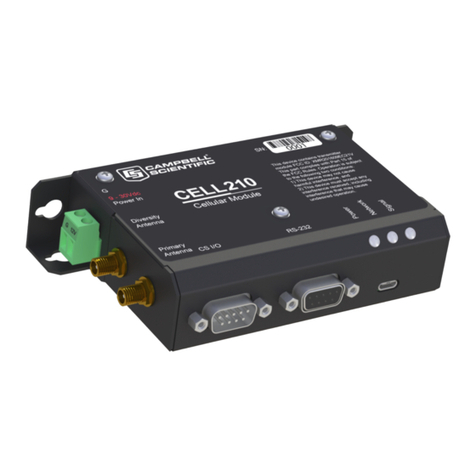
Campbell
Campbell CELL205 User manual
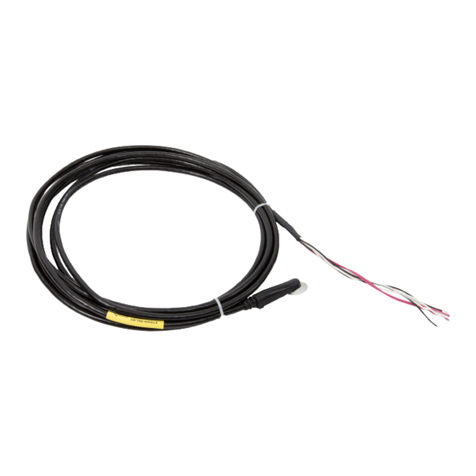
Campbell
Campbell CS240 User manual
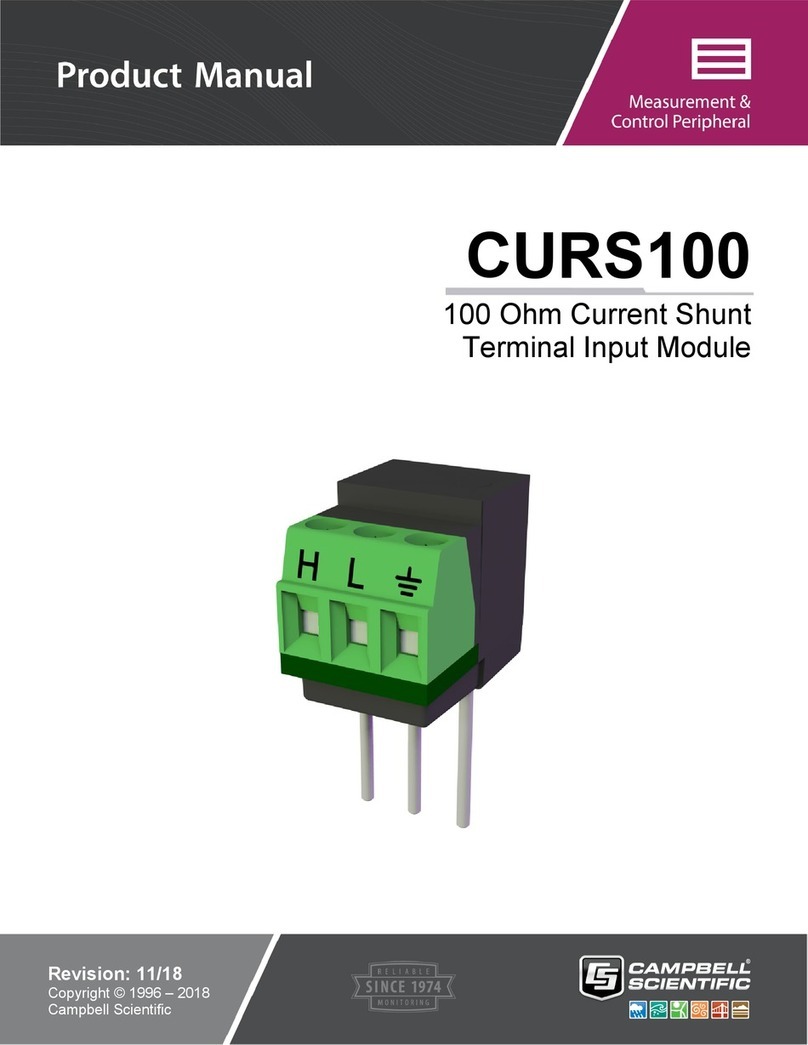
Campbell
Campbell CURS100 User manual

Campbell
Campbell GRANITE VOLT Series User manual
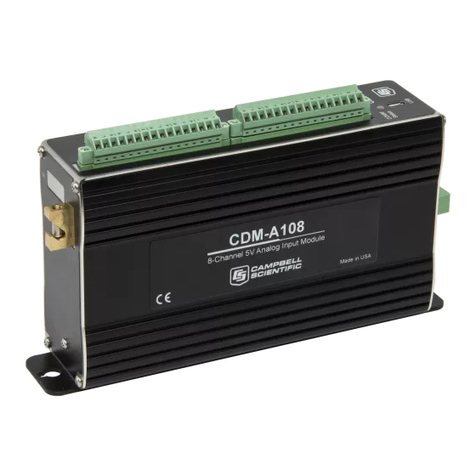
Campbell
Campbell CDM-A100 Series User manual

Campbell
Campbell CELL200 Series User manual
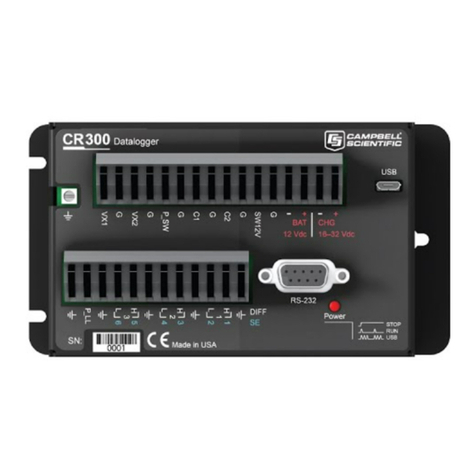
Campbell
Campbell CR300 series Installation and operating instructions
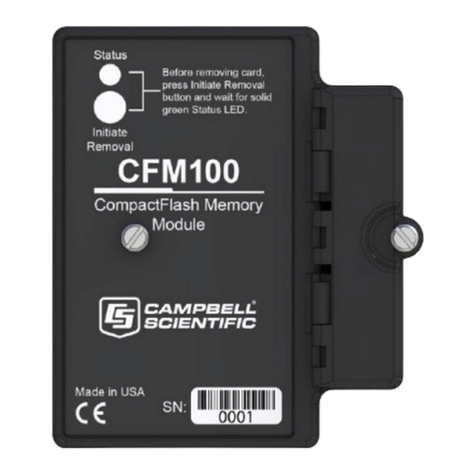
Campbell
Campbell CompactFlash CFM100 User manual
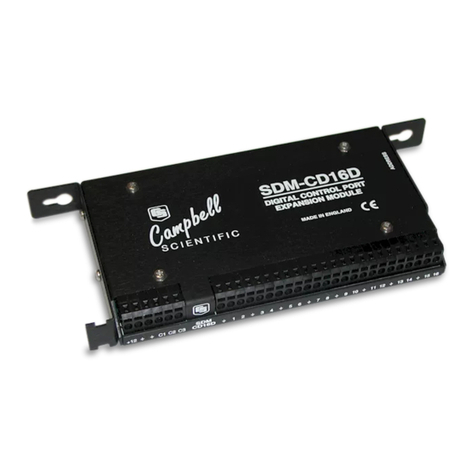
Campbell
Campbell SDM-CD16D User manual
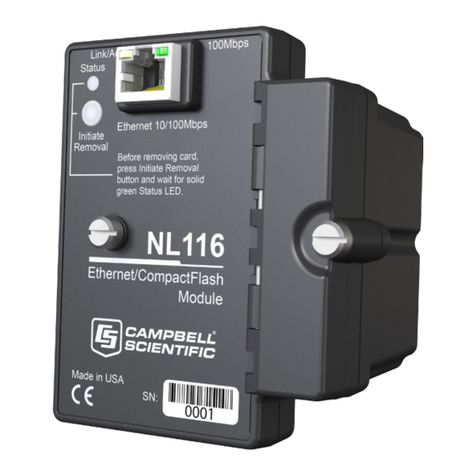
Campbell
Campbell NL116 User manual

Campbell
Campbell CELL200 Series User manual

Campbell
Campbell CompactFlash CFM100 User manual

Campbell
Campbell SDM-SIO1A User manual
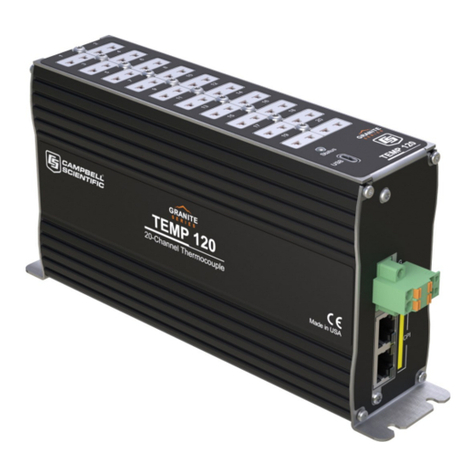
Campbell
Campbell TEMP 120 User manual
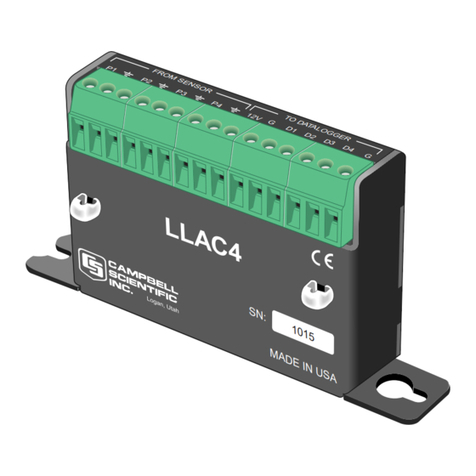
Campbell
Campbell LLAC4 User manual
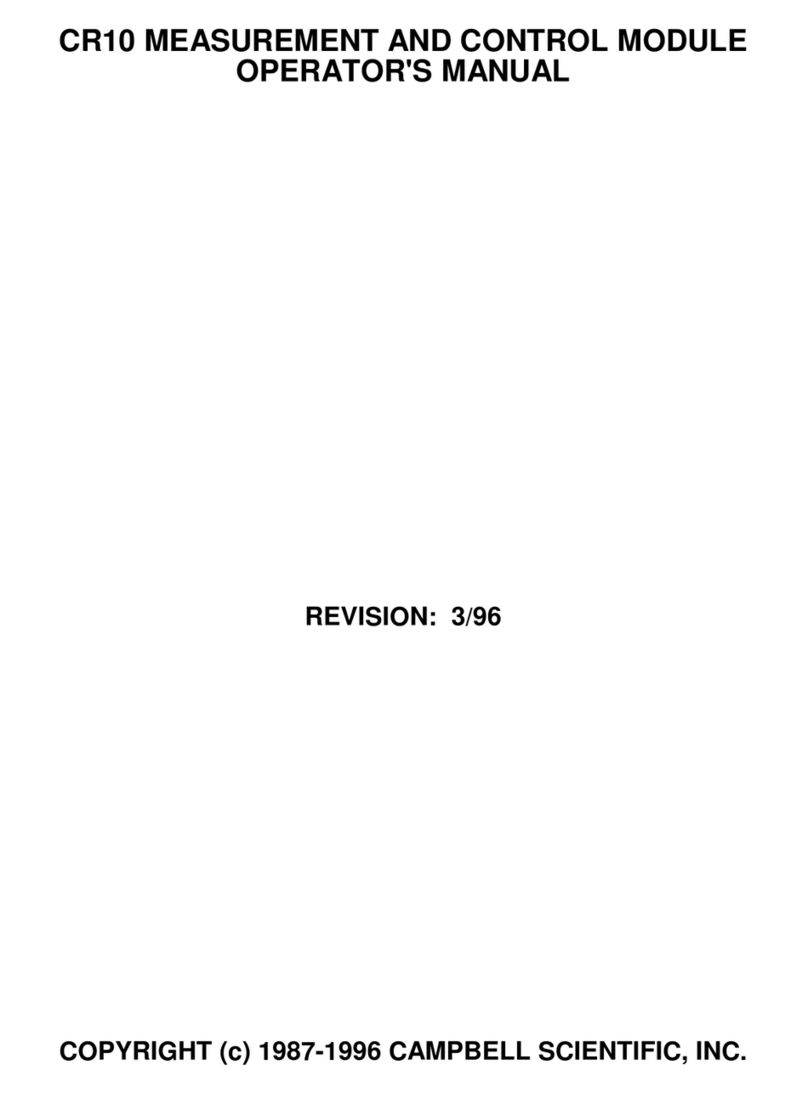
Campbell
Campbell CR10 PROM User manual
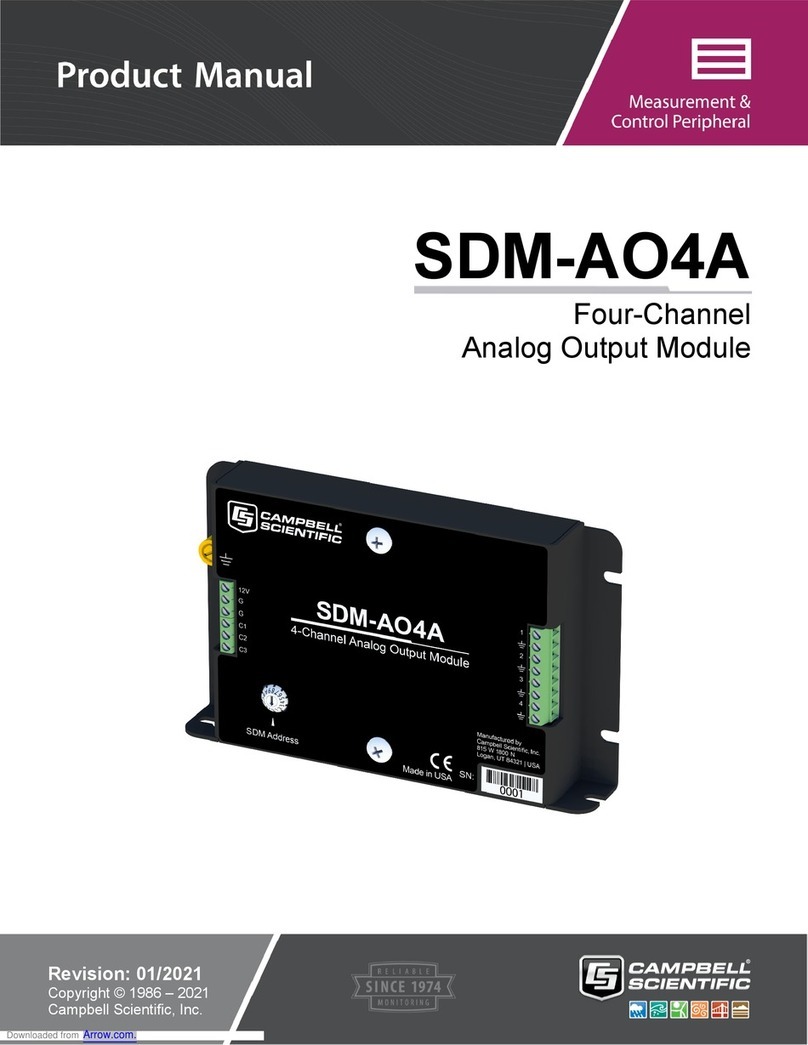
Campbell
Campbell SDM-AO4A User manual

